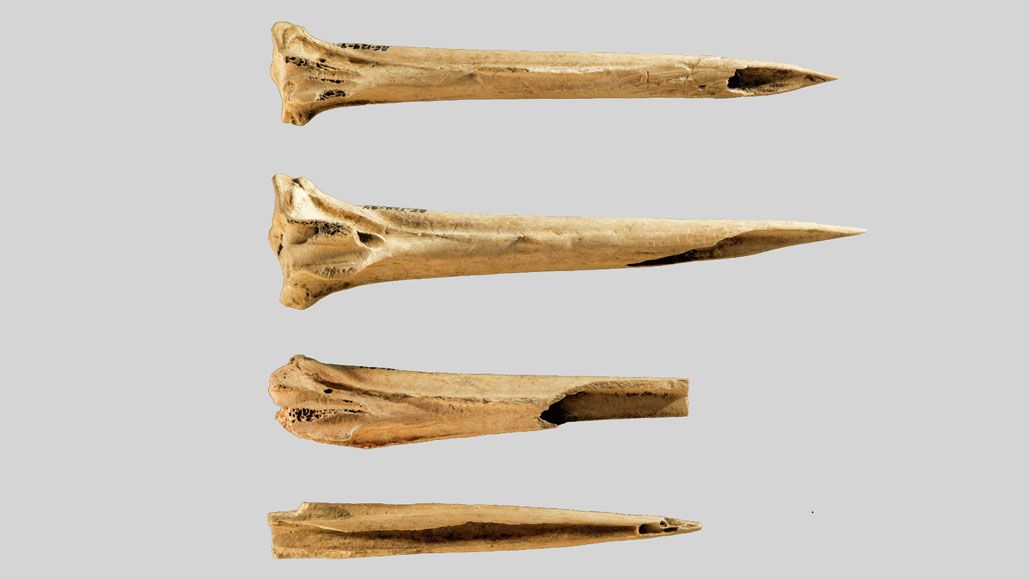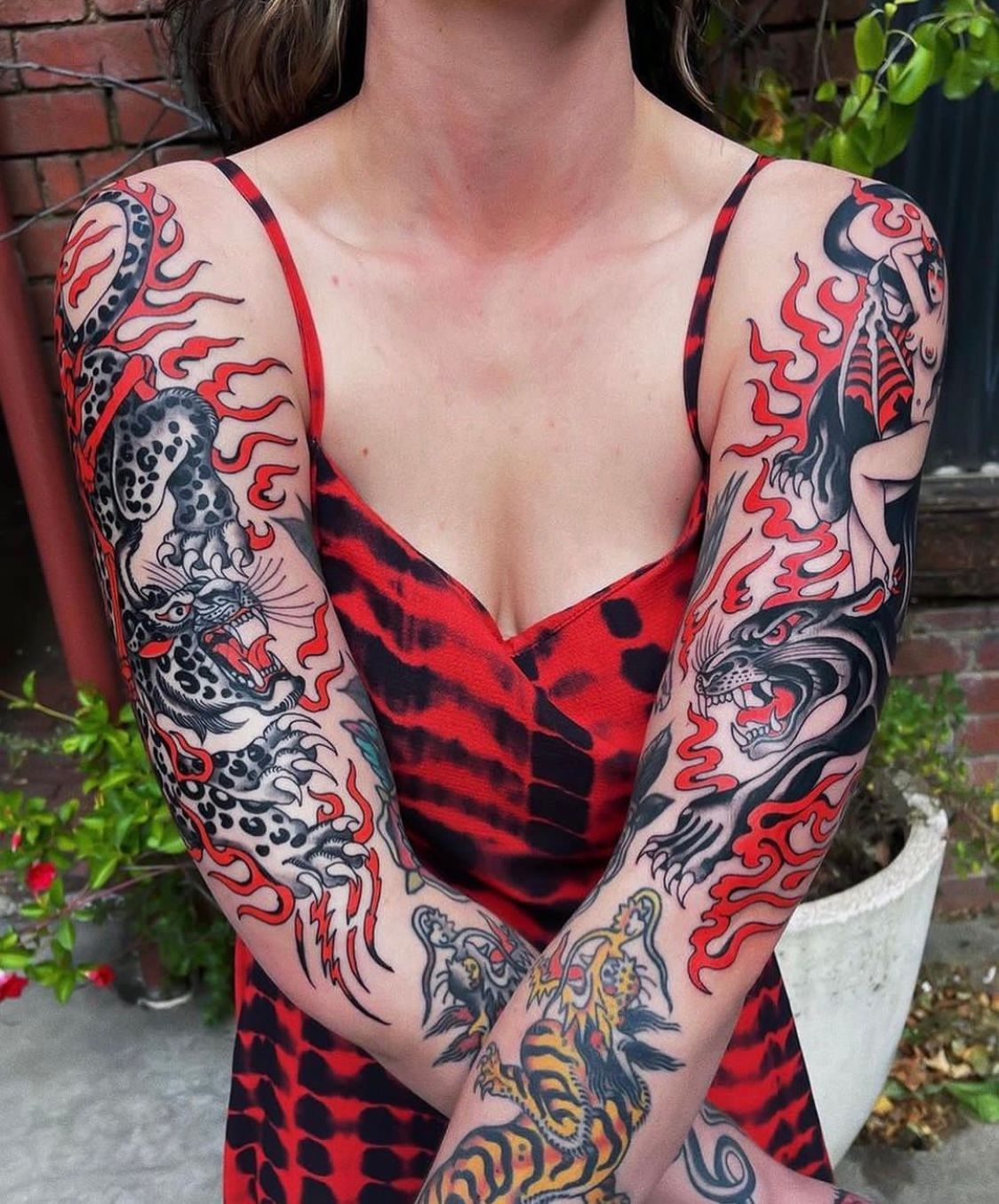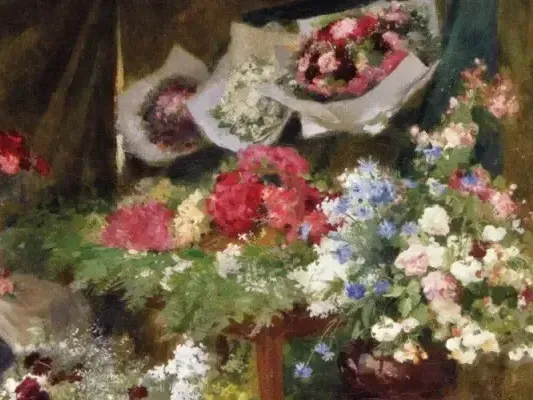Introduction
Tattooing, an ancient art form, has a rich history that spans across cultures and centuries. From traditional motifs to intricate contemporary designs, tattoos have evolved significantly over time.
In this article we will dive into the origins and evolution of this captivating practice, exploring its diverse cultural roots and modern transformations.
Ancient Beginnings
- Earliest Evidence: Tattoos have been part of human culture since ancient times, with evidence dating back over 5,000 years.
- Cultural Significance: In ancient civilisations, tattoos held deep cultural and religious meanings, symbolising rites of passage, tribal affiliations, and spiritual beliefs.
- Primitive Techniques: Early tattoos were created using rudimentary tools like bones and thorns, showcasing the ingenuity of our ancestors.
The Maori people have a rich tradition of facial tattoos called "moko." Each moko design is unique to the wearer and reflects their identity, social status, and heritage..
Moko tattoos were traditionally chiseled into the skin using a bone instrument.
Stylistic Evolution and Origins
1. Tribal Tattoos
Tribal tattoos, rooted in various cultures, feature bold lines and vibrant colours. They often depict folklore, legends, and spiritual symbols. For instance
Japan boasts a rich tradition of tattooing, known as "irezumi." Another example is the Traditional tribal Samoan tattoos, called "tatau". Tatau designs vary and often include motifs representing courage, strength, and family heritage. Tatau ceremonies are significant rites of passage, marking a person's transition to adulthood and symbolizing their place within the community.
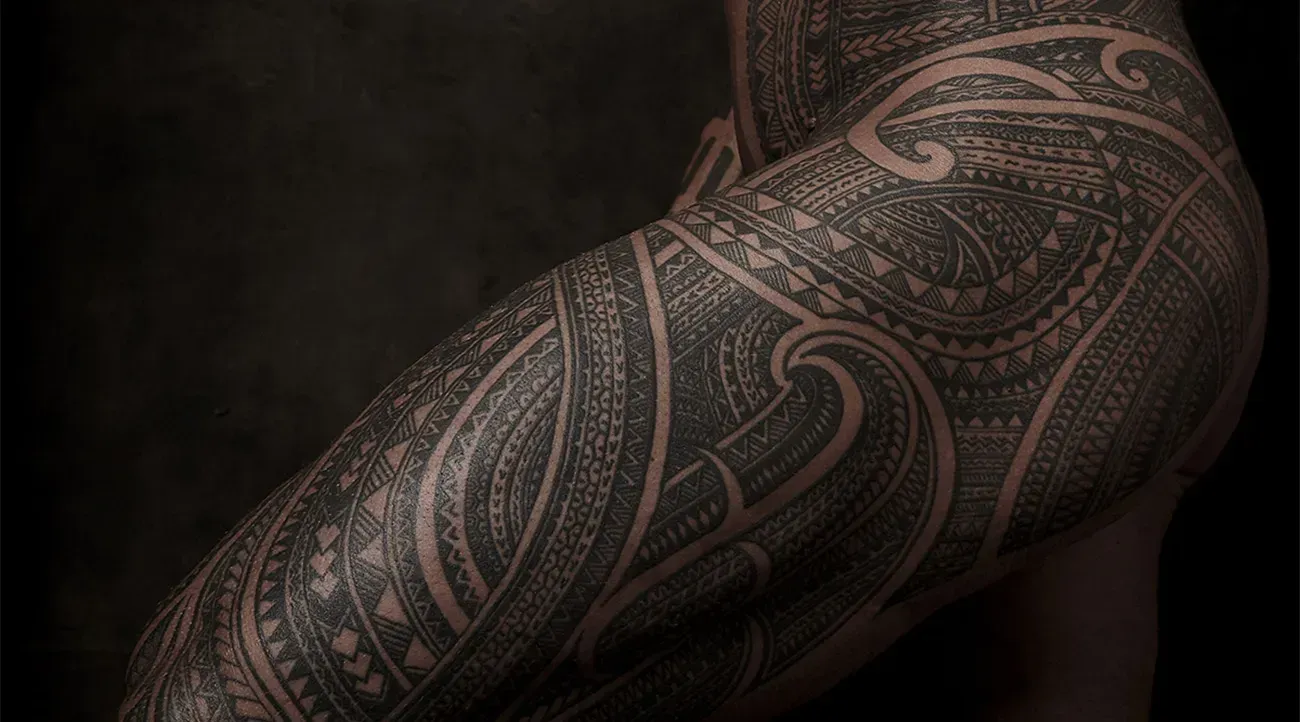
Traditional Samoan "Tatau" design
2. Flower Tattoos
Flower tattoos are one of the most popular and versatile tattoo styles, embraced by cultures around the world. Each flower carries unique symbolism and meaning, allowing individuals to express a wide range of emotions and sentiments through their choice of floral design.
Symbolism and Meanings:
- Roses: Often associated with love and passion, roses come in various colors, each conveying different emotions. Red roses symbolize love and desire, while yellow roses represent friendship and joy.
- Cherry Blossoms: In Japanese culture, cherry blossoms symbolize the fleeting nature of life and beauty. They are a reminder of the transient nature of existence and the importance of living in the present moment.
- Lotus Flowers: A symbol of purity and enlightenment in many Eastern religions, lotus flowers grow in muddy waters but emerge immaculate. They represent spiritual growth, transformation, and overcoming challenges.
- Lilies: Lilies are associated with purity, renewal, and motherhood. They are often seen as symbols of virtue and the restored innocence of the soul after death.
- Sunflowers: Sunflowers represent positivity, adoration, and loyalty. They are often associated with warmth, happiness, and a strong sense of direction, following the sun's path.
- Daisies: Daisies symbolize innocence and purity. They are often chosen to represent simplicity, beauty, and the joy of living in the moment.
During the Victorian era, flowers were used to convey messages and sentiments that were often left unspoken. This practice, known as the "language of flowers" allowed people to communicate emotions through the choice and arrangement of specific flowers in bouquets and floral tattoos.
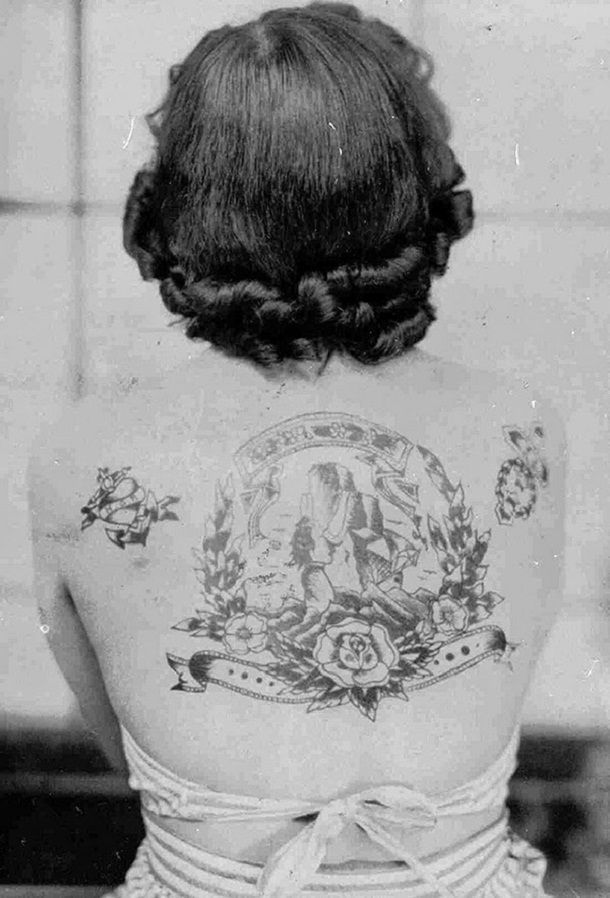
3. Script Tattoos
Script tattoos have a rich and ancient history, dating back thousands of years. In ancient civilisations, such as Egypt and China, hieroglyphs and characters were tattooed onto the skin for various purposes, including religious rituals, rites of passage, and identification of social status.
Today people choose
script tattoos to showcase inspirational quotes or motivational phrases. These tattoos serve as constant reminders of personal strength, resilience, and positivity. Furthermore, script tattoos are often used to memorialise loved ones, featuring the names of family members, friends, or meaningful dates. Script tattoos showcase heartfelt tributes and keep cherished memories alive.
In the 18th and 19th centuries, sailors and explorers often got tattoos during their travels. Words and phrases in different languages, often related to their profession or experiences. These tattoos served as a form of identification and a way to commemorate their voyages.
4. Japanese Tattoos
Influenced by Japanese culture, these tattoos feature intricate designs, including mythical creatures and traditional symbols. They often convey stories and legends.
Japanese tattooing, known as "irezumi," dates back over a thousand years. Initially, it was practiced by indigenous
Ainu people and served as a form of spiritual and cultural expression.
Modern Japanese tattoos have evolved to incorporate Western styles and colors, creating a fusion of traditional and contemporary artistry. Japanese tattoo artists are celebrated globally for their skill and creativity. Read our in-depth article on Japanese tattoo history
here.
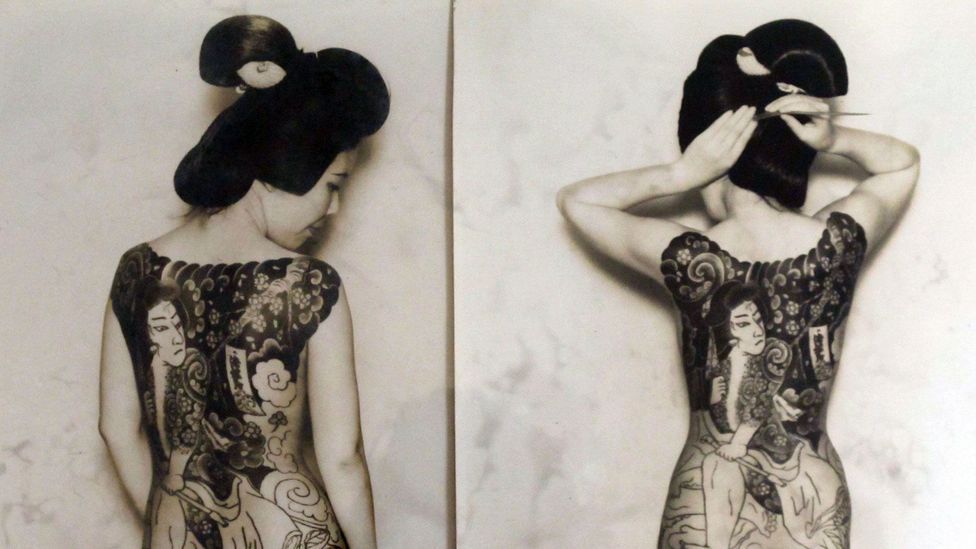
5. Fine Line Tattoos
Fine line tattoos involve intricate, detailed artwork created using thin lines.
Fine line tattoos originated from the minimalist approach to tattooing. Artists focused on clean lines and intricate details, often opting for thinner needles to achieve precision.
Fine line techniques were influenced by traditional Asian and single-needle tattooing methods, where artists used thin, precise lines to create delicate designs.
In the late 20th century, fine line tattoos gained traction in metropolitan tattoo studios.
The style was embraced by artists seeking to blend subtlety with artistic finesse. Fine line tattoos gained prominence when celebrities started showcasing their delicate ink on red carpets and social media platforms, influencing tattoo trends.
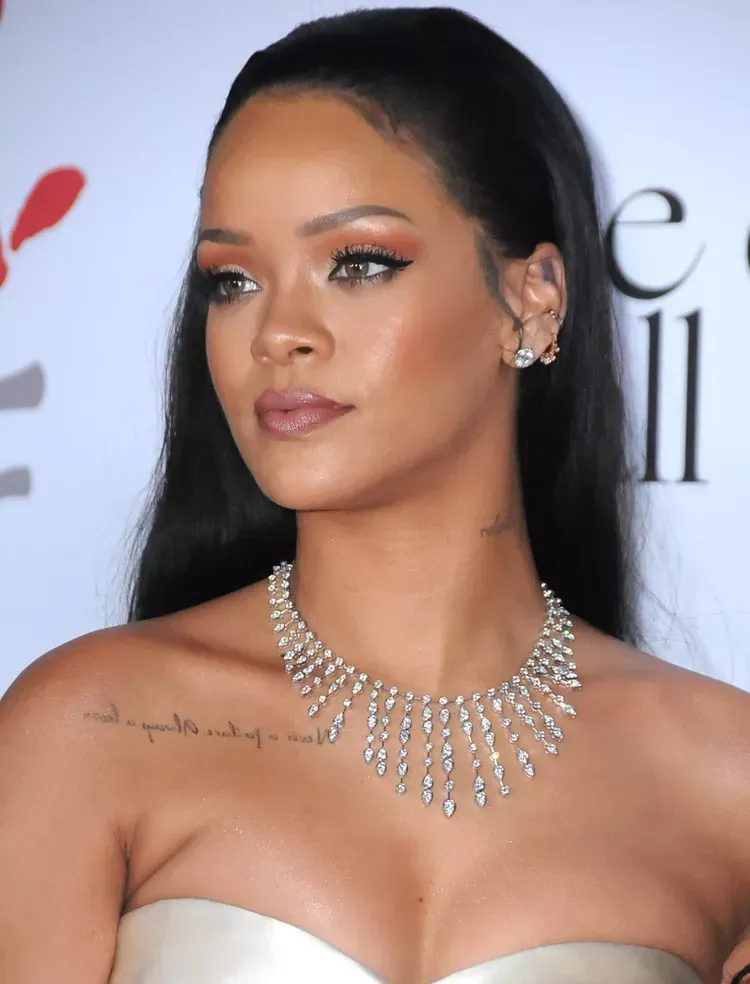
6. Traditional Tattoos
Traditional American tattoos have roots in the maritime world. Sailors, explorers, and navy men adopted tattoos from indigenous cultures they encountered during their voyages.
Common motifs included anchors, ships, swallows, and stars. Each symbol held specific meanings; for instance, a swallow indicated a sailor who had traveled 5,000 nautical miles, while an anchor represented stability.
In the early 20th century, tattoo parlours became prominent in port cities like New York and San Francisco. Artists like Norman Collins, also known as
Sailor Jerry, became iconic figures, shaping the traditional American tattoo style.
Traditional American tattoos were characterised by bold black outlines and a limited colour palette, often featuring red, green, yellow, and blue. These designs emphasised simplicity and clarity, ensuring the tattoos' longevity.
Today the core elements of traditional American tattoos remain, modern artists have introduced innovation. Some blend traditional designs with
realism or incorporate contemporary elements, creating a fusion of old-school charm and new-age creativity.
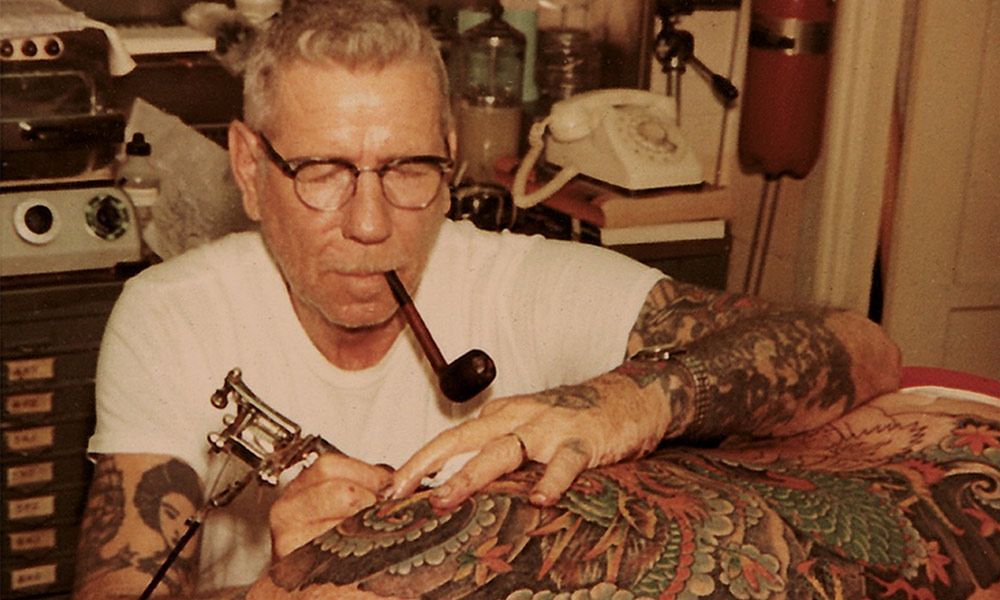
Final Thoughts
Tattooing, with its origins deeply rooted in ancient traditions, has transformed into a dynamic art form. From traditional motifs to contemporary styles, tattoos continue to immerse people worldwide. Whether you prefer the bold lines of tribal tattoos or the delicate intricacies of fine line designs,
Good Luck Tattoo has you completely covered.
Get in touch with us today to organise your free design consultation.
